I would like to match patterns from a given pattern library, returning the longest detected patterns.
However I only have the interleaved result of multiple parallel tasks in a log file, e.g. from multiple cores of a processor.
Is this a known application in data mining?
I thought of one solution with regex similar as Regex subsequence matching. However having a kind of distance metric to allow some fuzzyness would be nice, e.g. if one activity in a sequence would be missing.
